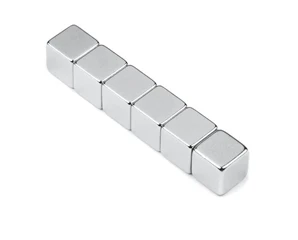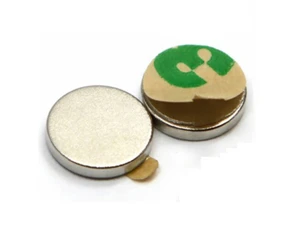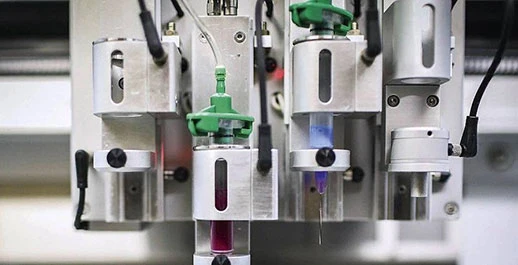In the realm of education, hands-on experiences are invaluable for fostering curiosity and understanding. Enter plastic-coated rare earth magnets, versatile tools that seamlessly transition from play to precision in educational settings. This blog delves into the fascinating ways these magnets enhance learning experiences, combining the elements of fun and functionality.

Introducing the concept of magnetism at an early age sparks curiosity and lays the foundation for scientific inquiry. Plastic-coated rare earth magnets, with their vibrant colors and tactile appeal, become engaging tools for young learners to explore the basics of attraction and repulsion.
In primary education, plastic coated rare earth magnets find their way into educational games and manipulatives. From magnetic alphabet letters to interactive puzzles, these magnets add an element of playfulness to learning, making abstract concepts tangible for young minds.
As students progress to middle school, hands-on experimentation becomes integral to the learning process. These neodymium magnets shine in physics and chemistry labs, where their strength and durability allow students to explore magnetic fields, forces, and principles with precision.
Teachers leverage plastic-coated rare earth magnets to create magnetic models and demonstrations that vividly illustrate scientific principles. Whether showcasing the Earth's magnetic field or simulating molecular interactions, these magnets become indispensable tools for educators.
The plastic coating on rare earth magnets adds a layer of safety in educational settings. It prevents direct contact between students and the magnet material, reducing the risk of pinching or injuries while ensuring a secure learning environment.
Educational materials often undergo substantial wear and tear. The plastic coating on rare earth magnets enhances their durability, allowing them to withstand the rigors of regular classroom use without compromising their magnetic properties.
In high school and beyond, plastic-coated rare earth magnets become essential tools for students pursuing STEM (Science, Technology, Engineering, and Mathematics) subjects. They play a role in experiments related to electricity, magnetism, and electromagnetism, contributing to a deeper understanding of scientific principles.
Students involved in advanced projects and prototyping benefit from the precision offered by plastic-coated rare earth magnets. Whether designing magnetic levitation systems or constructing magnetic-based devices, these magnets empower students to apply theoretical knowledge to practical, real-world scenarios.
From the early stages of play-based learning to the precision required in advanced STEM education, plastic-coated rare earth magnets seamlessly integrate into educational settings. Their versatility, durability, and safety features make them ideal companions for educators seeking to create engaging, hands-on experiences that foster a love for science and exploration. As these magnets attract the attention and curiosity of students, they play a pivotal role in shaping the next generation of innovators and thinkers.






